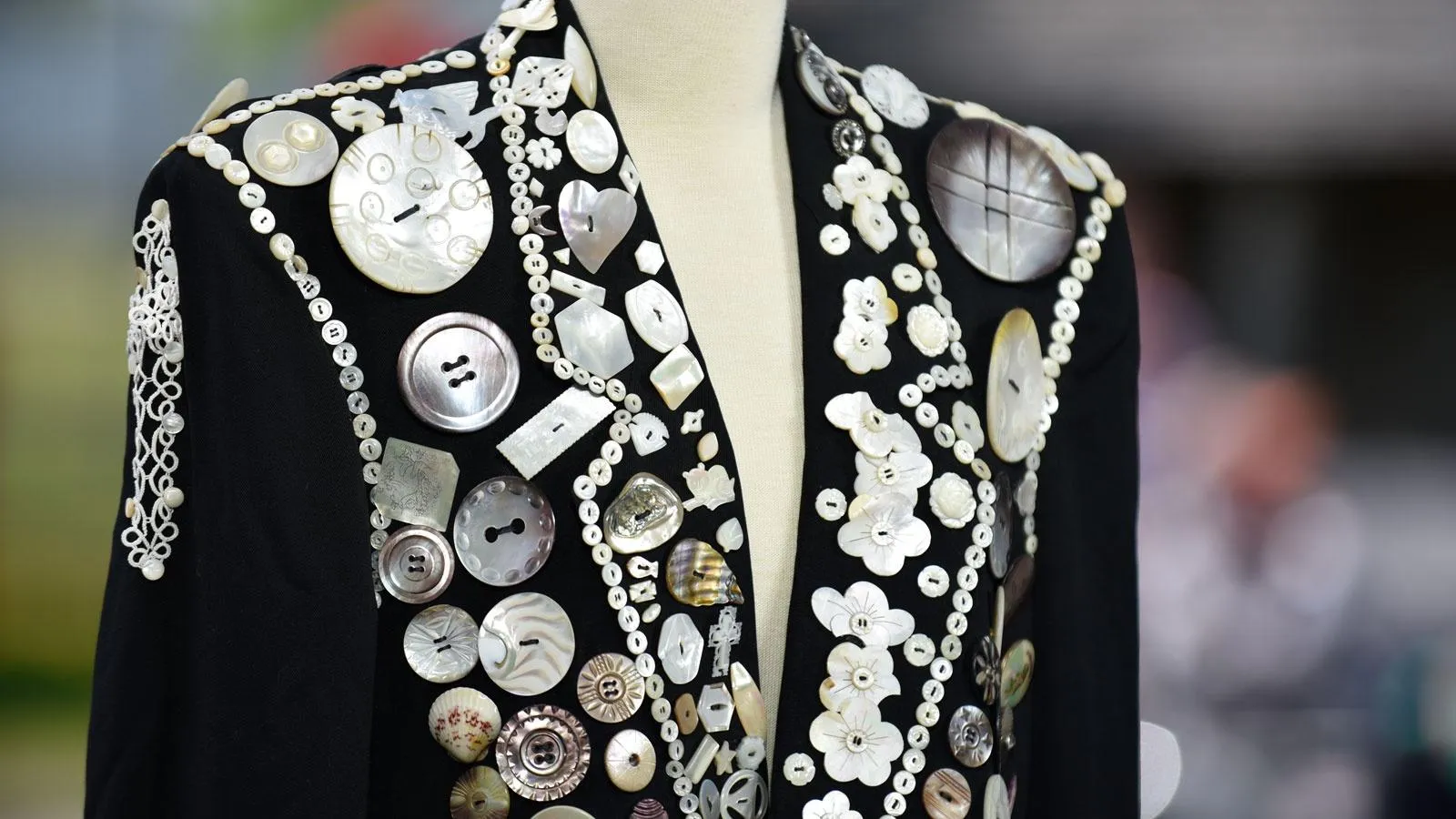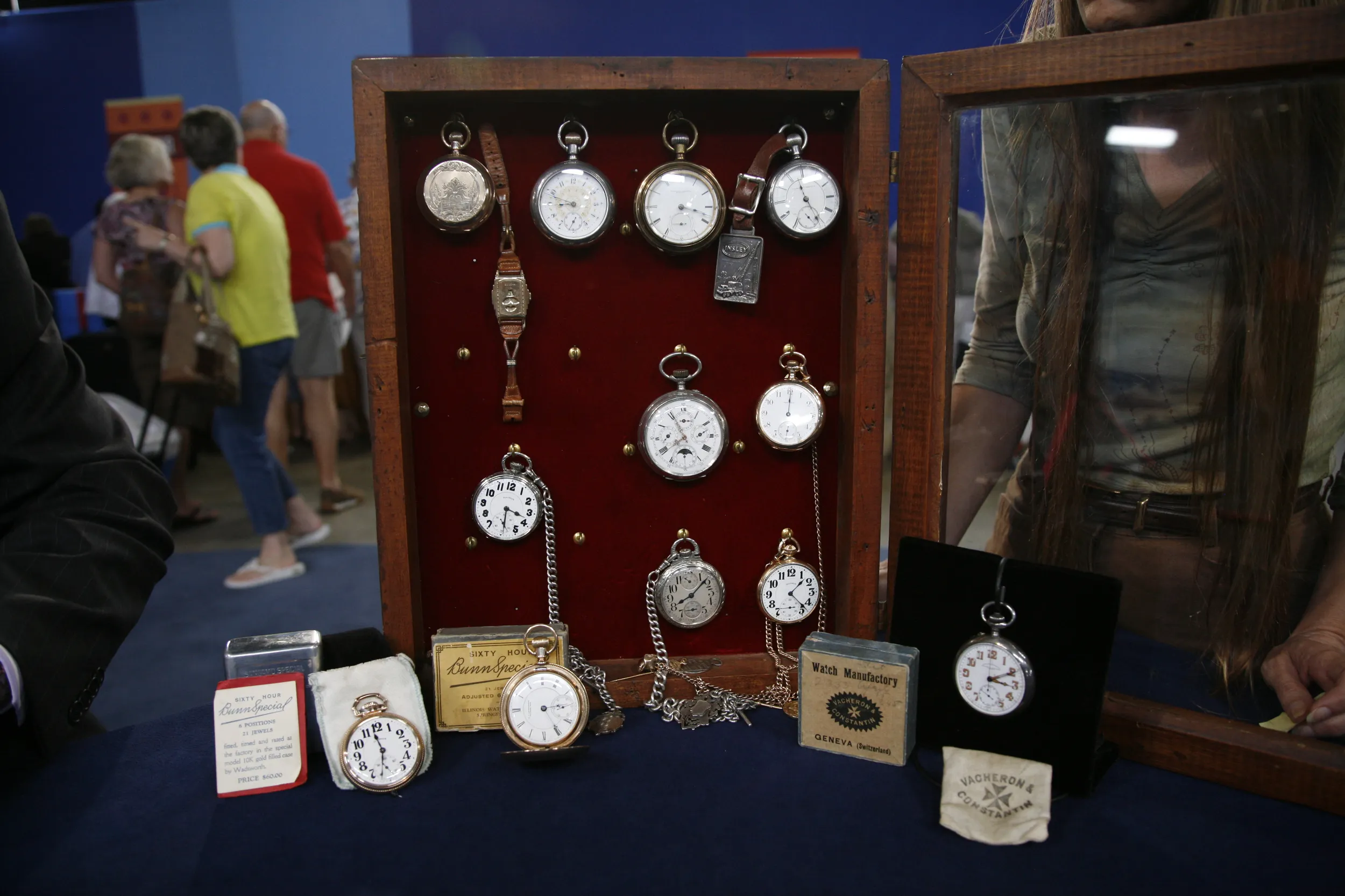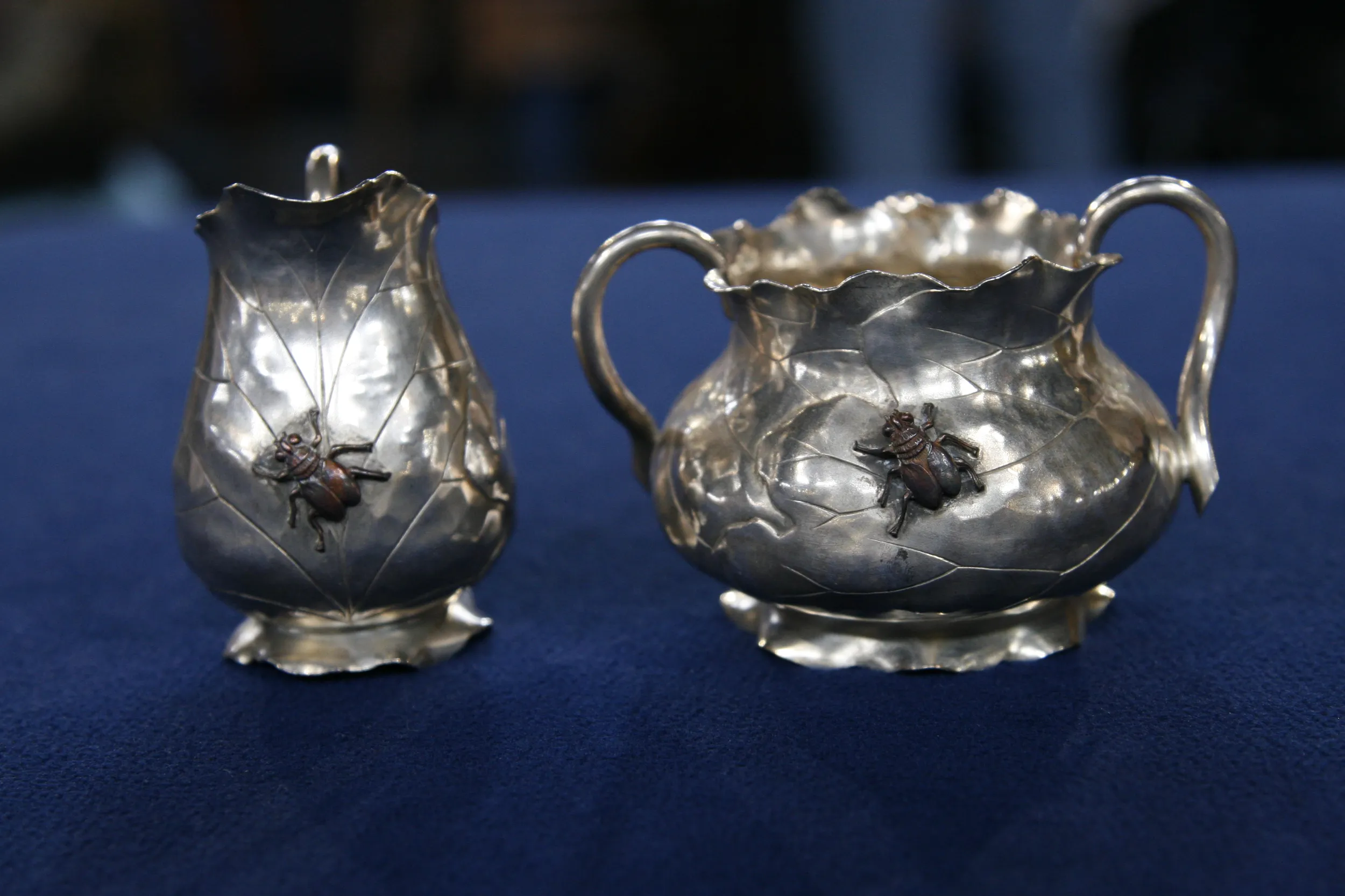APPRAISER: I see you've got a ball here presented to Babe Ruth, 1919 Boston Red Sox. And this great little tiny silver bat with 29 home runs. Tell me about this and tell me how you got it.
GUEST: Sure. I found it on an online auction, I like esoteric things and unusual. And this one struck my eye as Babe Ruth, but Boston, not New York. And the 29th home run, it took a little bit of work to look and see what was that related to.
APPRAISER: Mm-hmm.
GUEST: And it's the year he hit 29 home runs and broke the record.
APPRAISER: There you go. When was the auction?
GUEST: Two weeks ago.
APPRAISER: Did you recognize it immediately?
GUEST: I recognized the name.
APPRAISER: Mm-hmm.
GUEST: But not what it was. And then it took a little bit more work. And then looking at 1919, it's, like, well, that's the last year he was a Red Sock.
APPRAISER: Right.
GUEST: Right? And then he was sold to the Yankees, and the curse began.
APPRAISER: Yes, yes, it did. But fortunately that-- for Red Sox fans, not for the rest of the world-- it did end. What did you pay for it?
GUEST: I paid $1,900.
APPRAISER: We do a lot of segments on the ROADSHOW about Babe Ruth, because he is one of the greatest sportsmen of all time and considered to be the greatest baseball player. And one of the reasons he is one... considered to be the greatest baseball player of all time is that he had what probably would have been a Hall of Fame career as a pitcher if he had not become a slugger. And this piece is the history of the transition from him going from being a great pitcher to an other-worldly slugger, where, not only he became the greatest slugger of all time, he changed the sport. Babe Ruth joined the Red Sox in 1914 as a pitcher. That was the dead-ball era. And, in fact, with his pitching career, he won 20 games two years. But what they found is, he would hit very, very well, far beyond what an average pitcher would hit. So they realized that he was as much or more value to the Red Sox by putting him in the outfield. In 1918, which was his first year that he kind of switched over, and the year the Red Sox won the World Series, he pitched, he had a 13-7 record, but he led the league that year in home runs with a grand total of 11. In 1919, was the first year they put him in the outfield full time and had him as a pitcher part time. He didn't just break the home-run record. He smashed the home-run record, 29 home runs. The next closest to him-- Gavvy Cravath, who had 12 home runs. So, they presented this to him. And this, to me, not only shows the transition of him becoming a slugger, but it's the transition of him from going from Boston to New York, because, as you mentioned, after this season, with a salary dispute, the Red Sox sold Babe Ruth to the Yankees. He became a full-time hitter for the Yankees in 1920, and he hit his 30th home run, breaking his own record, on July 19, 1920.
GUEST: Wow.
APPRAISER: In 1927, he set the record of 60 home runs that was not broken until Roger Maris in 1961. Just a phenomenal slugging career, and changed the complexion of baseball forever, from going from a dead-ball era to a live-ball era. Obviously, this was specially made for him in appreciation, and most likely given to him either by the Red Sox or possibly by the Royal Rooters, one of their fan bases. We don't know who for sure. But if you look at this, now, this looks like a tiny cue ball, doesn't it?
GUEST: Yes, it does.
APPRAISER: And you flip it over. This is interesting, because this is made of marine ivory, and it's most likely walrus.
GUEST: Hmm.
APPRAISER: Now, that's very different from elephant ivory. It does not have the restrictions that elephant ivory has. This is silver, and on here, we have engraved, "29 Home Runs." And you flip it over and you see here, "Babe Ruth."
GUEST: Yes.
APPRAISER: Looking at all of this, I'd put an auction estimate of $10,000 to $15,000.
GUEST: Wow, terrific. This is wonderful. A home run.
APPRAISER: It is a home run.











